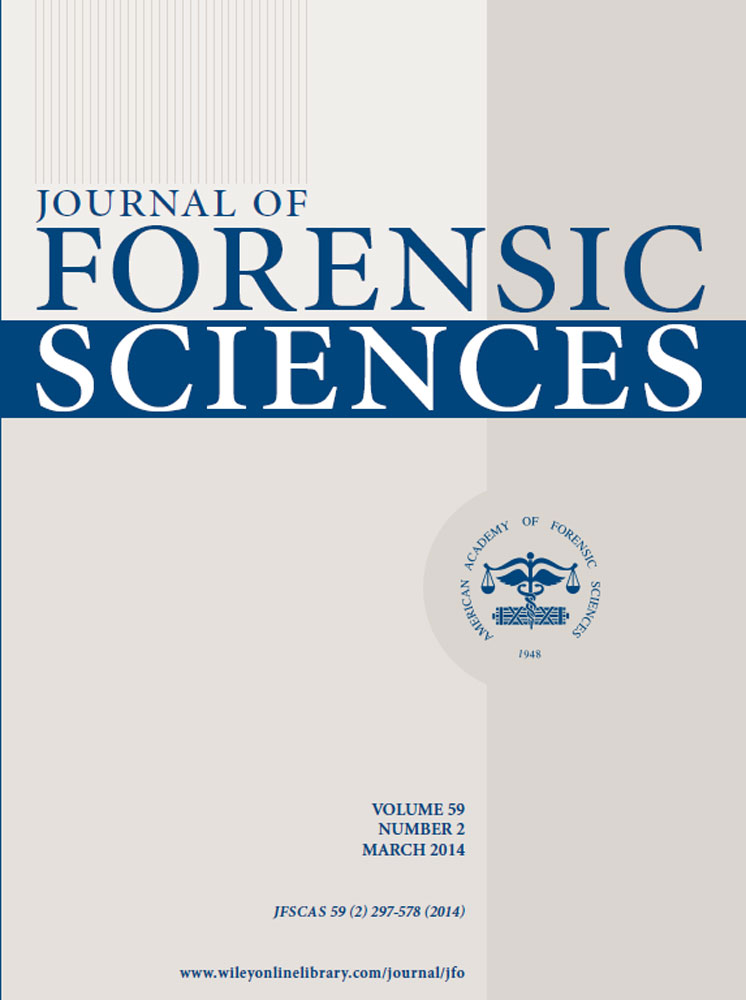Quick Response Code In Acrylic Denture: Will it Respond When Needed?
Abstract
Use of acids and other caustic substances in destroying the human body to avoid personal identification is drawing great deal of attention in recent times. With rapid industrial growth, incidence of industrial disasters has increased. In an event of chemical industry disaster, human identification can become a challenge. Embedding bar codes and other electronic means for identification in denture have proved to be a novel innovation in identification of edentulous patients. However, the validity of this method in events of chemical extremes has not been assessed. Hence, the study was undertaken to know the effect of different acids on dentures embedded with quick response codes. Results of this study indicate that simple bar code can be readable up to 33 h after acid treatment. With minimal armamentarium, bar code can be generated incorporating large data into it, providing it to be a cheap and reliable means of denture identification.




